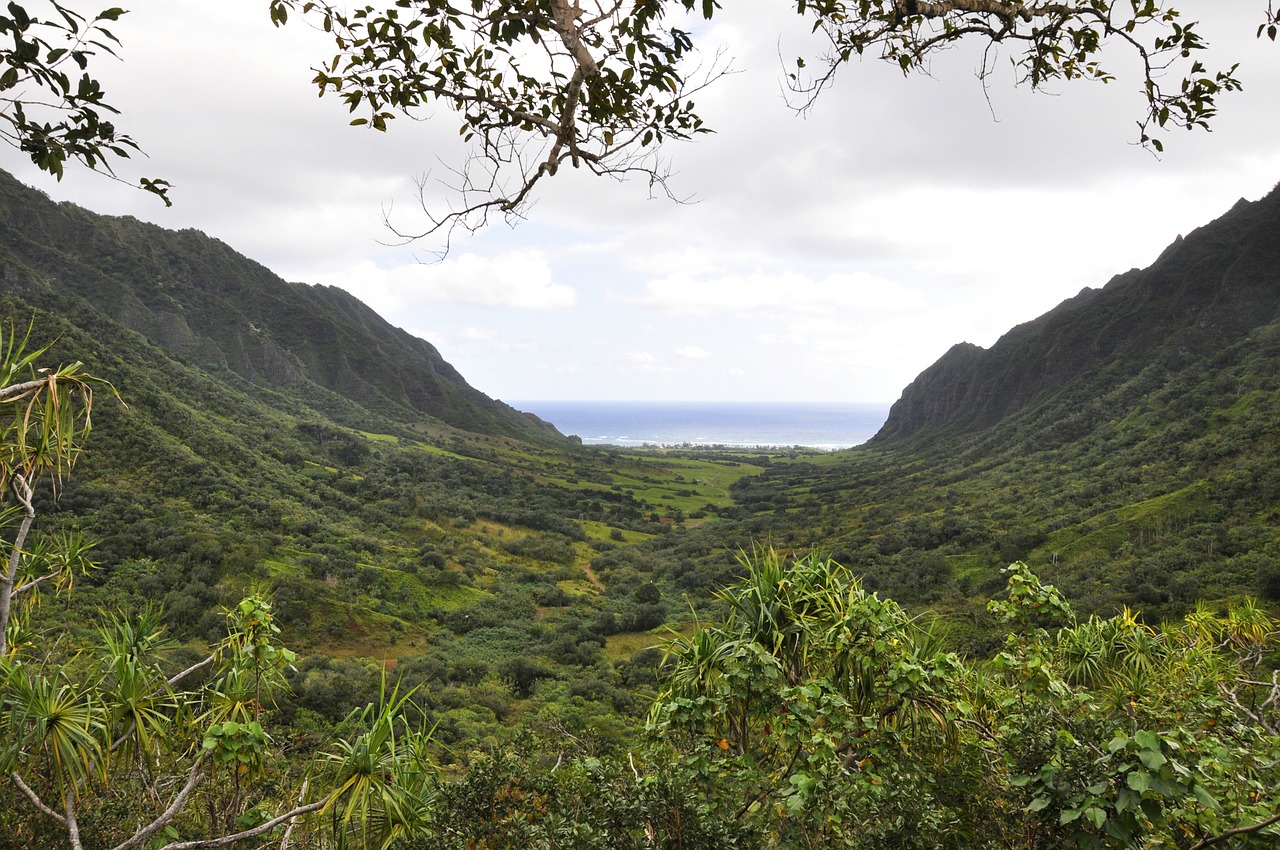The growing international concern over climate change is reaching a fever pitch, and the chorus of cries for sustainability gets louder every day. The environmental impact Hawaii has on the rest of the world may be miniscule, but for those of us that live here or visit here, sustainability is more than just a media buzzword. It’s essential to the preservation our intrinsically limited land and ocean resources.
Hawaii’s traditional and ancient ahupua‘a system is a perfect model of food system sustainability, and it has been since long before the term was coined. The ahupua‘a system managed land and water resources from the mountains to the sea for hundreds of years, with freshwater sources being the most important, affecting even coastal and ocean resources. Indeed, the Hawaiian word “wai” means fresh water, and the word “waiwai” or “lots of water” means “wealth.”
It was a complex system, usually comprising fertile valleys from mountain peaks to the seashore. The size of an ahupua‘a could range from 100 to over 100,000 acres. Each had a master of freshwater, of farming, of fishing, of land use, etc.
The ahupua‘a system was enforced through a strict set of laws, or kapu, which regulated the harvesting of plant, animal, and marine species during any given time of the year. Violators of these kapu even faced the penalty of death.
There is a growing agricultural movement in Hawaii that seeks to return to the ahupua‘a model (minus the capital punishment, of course) for reasons that are as much about cultural preservation as they are environmental responsibility. Led by its taro farmers, Hawaii’s farm industry is embracing principles and techniques rooted in the ahupua‘a system to maximize yields and ensure sustainability.
In turn, Hawaii’s restaurant industry has been keen to embrace locally-sourced foods. There seem to be several reasons for this. Firstly, fresher is better. Farm-to-table makes for better tasting food than industrially produced ingredients. Secondly, more and more consumers are demanding sustainably produced foods. The growing number of farmers markets throughout the state attest to that fact, as does the number of restaurants featuring locally sourced ingredients on their menus.
Thirdly, it is clear that Hawaii’s farm and restaurant industries have realized that they are symbiotic. Each benefits the other. Restaurants need locally sourced ingredients to meet consumer demand, and local farmers need someone to sell their harvest to. Local farmers and restauranteurs are engaged in a fruitful relationship that is bringing more and more homegrown food to Hawaii tables.
There are hundreds of organic farms and ranches in Hawaii, growing fruits, vegetables, coffee, and raising meats in a sustainable way that models the traditional Hawaiian ahupua‘a. And there are dozens of new restaurants on every island taking advantage of this new abundance of locally-sourced ingredients to make their menus more attractive to an increasingly discerning customer base. Restaurants and markets each account for a little less than half of the organically grown food sales in Hawaii, with farmers markets making up the difference for total sales.
What all of this means is that Hawaii residents and visitors alike have greater access to dining options they can be certain are environmentally sound and culturally sensitive, not to mention ono, or delicious. So unless you’re dining at a chain restaurant in Hawaii, chances are you can find something to eat that was grown ethically by a small farm right here in Hawaii.




